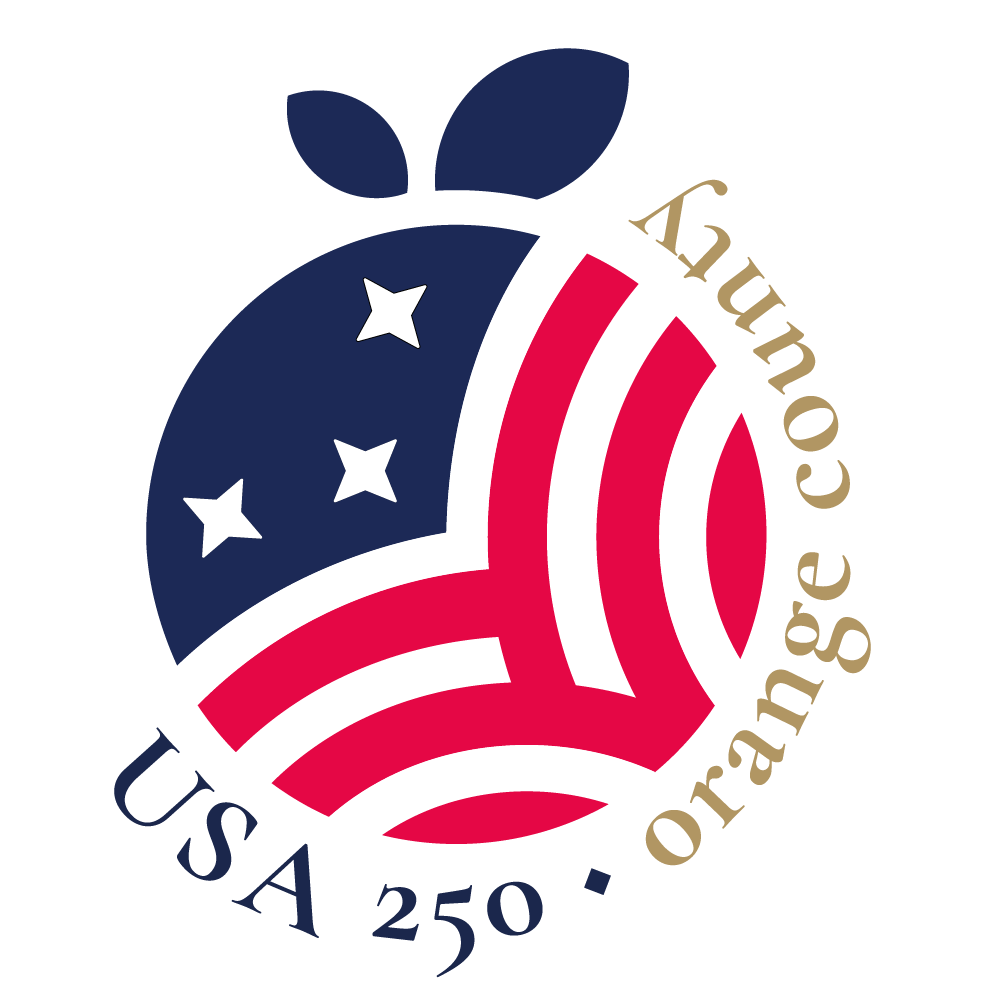
Turkey has long been considered the traditional main course for Thanksgiving dinner, but there is a curious connection between turkey and lamb. It may be a stretch, but worth exploring. The story begins with the first Thanksgiving in the fall of 1621.
There are only two firsthand accounts recalling the event – a brief mention in a booklet published by George Mourt in 1622 describing the first year after the Pilgrims landed on Cape Cod and William Bradford’s history of Plymouth Plantation written between 1630 and 1651. Both descriptions are scarcely more than a paragraph, but the celebration was in the ancient tradition of English harvest festivals in which the people expressed thanks for the harvest and prepared for the leaner months to come. One of the two sources also notes that ninety Indians, including “their greatest king, Massasoit,” brought five deer and joined them for three days where they were “entertained and feasted.”
What was on the menu? We don’t know. As the winter approached, Bradford noted, the colonists were storing up waterfowl, cod, bass and other fish along with meal and Indian corn. There was, he said, “a great store of wild turkeys,” venison, and fowl (which would include ducks, partridges, and geese). But there is no evidence whether turkey was served. Most evidence suggests it was not. In fact, other “traditional” foods on our Thanksgiving menu were certainly not served in 1621. Potatoes would not be introduced into North America for another fifty years. There was no sugar for pies and most likely no stuffing for lack of wheat flour. Green bean casseroles? Those would not be created until the middle of the 20th century by the Campbell Soup Company.
So where does the tradition of Thanksgiving turkey dinner come from? And does it matter? Probably not. But it does lead us to an influential woman who for more than forty years had a profound impact on American style, fashion, morality, literature and what constituted “good taste.” In fact, she is also known as “the Mother of Thanksgiving” and credited with securing Thanksgiving as a national holiday.
In 1822, Sarah Josepha Hale began to write short stories, poems and novels after her husband died, leaving her in financial straits with five children. Her first and widely read novel, Northwood: Life North and South, Showing the True Character of Both, was published in 1823, attracting the attention of the Rev. John Lauris Blake who asked her to become editor for his new Ladies’ Magazine, a platform for culture and advice on social and cultural topics.
Calling herself the “editress,” Hale became the first female editor of an American magazine, continued to write and publish, champion education for women, and run the influential Godey’s Lady’s Book for the next thirty years. Among the literati contributing to her magazine were Nathanial Hawthorne, Oliver Wendell Holmes, Washington Irving, Edgar Allen Poe and many others. Her own extensive writings included Sketches of American Life, featuring “ideals of American men and women’s equality” and the ambitious 900-page Women’s Record: Sketches of Distinguished Women from the Creation to A.D. 1850.” Which brings us back to Thanksgiving and turkey.
In Northwood, Hale had proclaimed, “Thanksgiving, like the Fourth of July, should be a national festival observed by all the people” and praised the turkey as it “tool precedence on this occasion.” As editor of Godey’s’ Lady’s Book, she encouraged readers to celebrate Thanksgiving and printed recipes for roast turkey, pumpkin pie and other tasty dishes. In 1846, Hale launched a full scale campaign to make Thanksgiving as a national holiday. In addition to using the Book to influence the public, she wrote letters to the governors of all the states and territories and many others in civic leadership, including Presidents Zachery Taylor, Millard Fillmore, Franklin Pierce, and James Buchanan. All to no avail, until her letter reached President Abraham Lincoln in September 1863.
Her appeal was simple – set aside a specific day for annual Thanksgiving celebrations nationwide “to become permanently an American custom and institution.” She even suggested the last Thursday in November. Lincoln responded through his Secretary of State William Seward to do as Hale requested, including his own appeal to the “Almighty Hand” to “heal the wounds of the nation” and restore the “full enjoyment of peace, harmony, tranquility and Union.” Although Thanksgiving did not become a federal holiday until 1942, Lincoln’s proclamation in 1863 established the regular observance of a day of national thanksgiving.
Now, back to turkeys and lamb. Sarah Hale not only popularized the idea of turkey as the traditional Thanksgiving feast, but she also feted the lowly lamb in her most-recognized poem “Mary had a little lamb,” loved by children everywhere. Thomas Edison honored the ditty in 1877 when he spoke the opening lines of “Mary had a little lamb” as the first words ever recorded on his newly invented phonograph machine.
